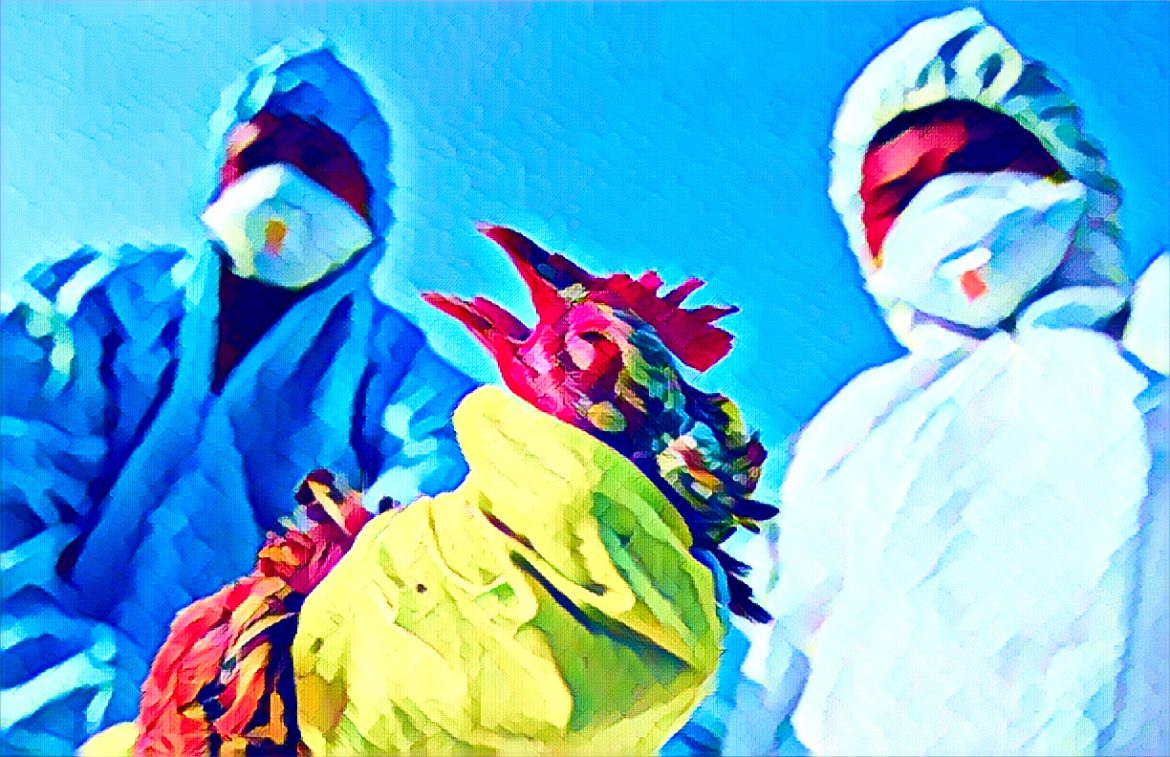The World Health Organization (WHO) has expressed significant concern over the evolving threat posed by the H5N1 bird flu strain, which has shown a worrying capability to infect new species, including humans. Jeremy Farrar, the chief scientist of the WHO, emphasized the gravity of the situation during a press briefing in Geneva, highlighting the “extraordinarily high” mortality rate in human cases and the potential for the virus to evolve further.
First detected in 2020, the outbreak of the H5N1 bird flu has had devastating impacts, leading to the deaths of tens of millions of poultry while also spreading to wild birds and, increasingly, to land and marine mammals. Recently, cows and goats have also been added to the list of susceptible species, a development that was unexpected by health experts and virologists, indicating a disturbing adaptability of the virus.
The A (H5N1) strain, now considered a global zoonotic animal pandemic, poses a significant threat due to its ability to jump species barriers. The primary concern, according to Farrar, is that the virus, through its exposure to various species, could potentially gain the ability to transmit from human to human, a development that could lead to a severe global health crisis.
As of now, the spread of H5N1 among humans has been limited to those who have had direct contact with infected animals. Despite the limited human-to-human transmission, the virus has proven exceptionally lethal. From the beginning of 2023 to April 1st, WHO recorded a case fatality rate of approximately 52 percent, with 463 deaths out of 889 human cases across 23 countries.
In the United States, a recent case in Texas highlighted another concerning development; a person contracted bird flu after exposure to infected dairy cattle. This marked the first instance in the country of human infection linked to a mammalian host and underscored the adaptability of the virus to different hosts, bringing it alarmingly closer to a potential human pandemic.
Farrar stressed the critical need for robust global surveillance to monitor these infections closely. He warned that understanding the extent of human infections is crucial, as it is in these interactions that the virus may adapt to more readily transmit between humans. Such adaptations could make the virus far more difficult to control and could initiate a cycle of community spread.
In response to these threats, efforts are being intensified to develop effective vaccines and therapeutics for H5N1. The goal is not just to create these medical solutions but to ensure that they are accessible worldwide, especially in regions most vulnerable to outbreaks. Farrar emphasized the importance of global preparedness, stating that regional and national health authorities need the capacity to diagnose and respond to H5N1 infections swiftly to prevent a potential global health emergency.
The global community faces a formidable challenge in H5N1. The high mortality rate among human cases, the virus’s ability to infect a wide range of species, and its potential evolution into a form capable of efficient human-to-human transmission all contribute to the gravity of this threat. The situation calls for a coordinated international response that includes improved surveillance, rapid development of medical countermeasures, and equitable access to these resources.
Ensuring that all countries have the necessary tools and knowledge to detect and combat this virus is vital for global health security. This includes widespread access to diagnostics, vaccines, and treatments that can help mitigate the impact of H5N1 and prevent it from becoming a more severe pandemic. As the virus continues to seek new hosts and potentially mutate, the international community must stay vigilant and proactive to manage and hopefully contain this significant public health threat.
Source: The Guardian


